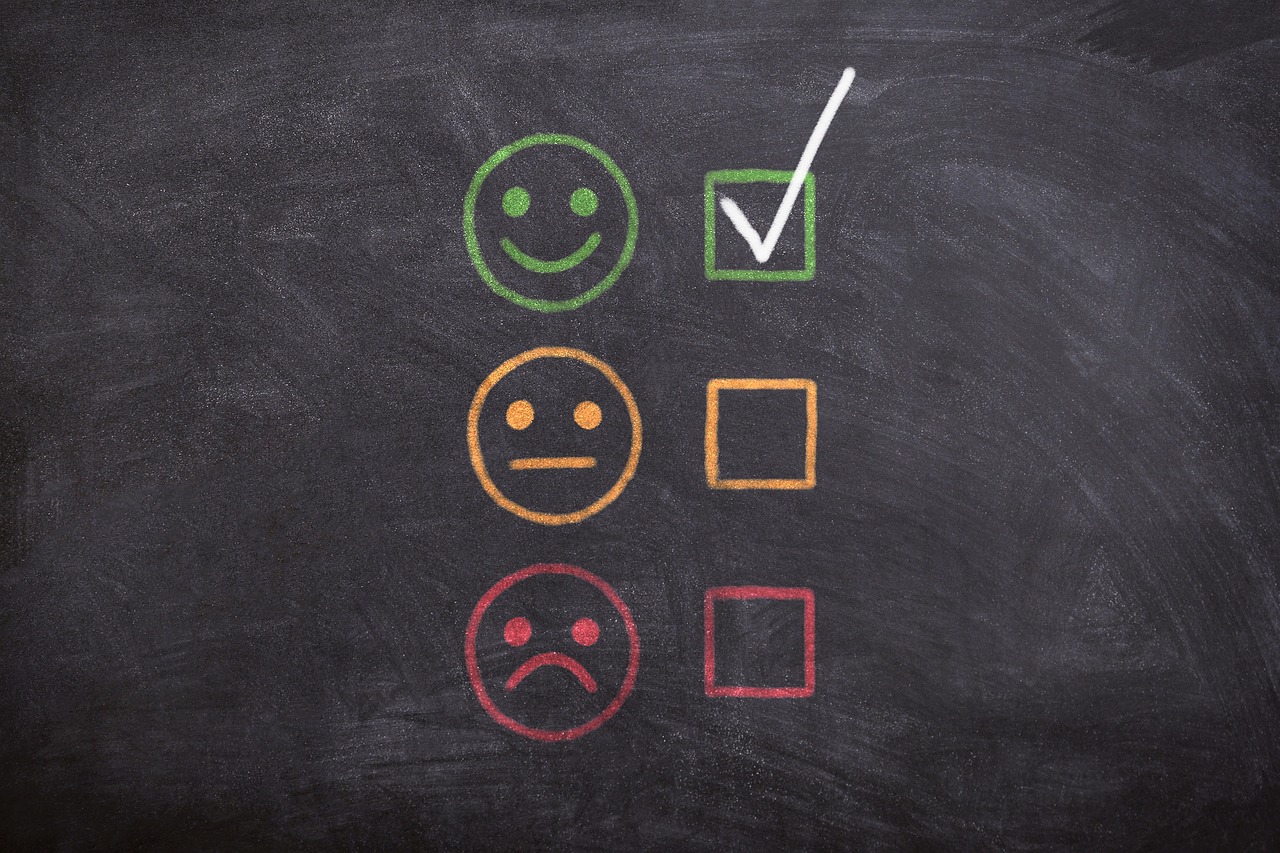The first day back to school inspires a full spectrum of feelings for kids and adults alike.
Depending on the child, the beginning day of a new school year can offer the thrill of uncertainty that can be terror-inducing or happily exciting. For instance, some kids (and parents, too!) dread the early mornings, homework, and rigorous bedtimes.
Yet others look forward with excitement to seeing much-loved friends after a summer of separation and cannot wait to learn new things.
Whether it is the parent, the caregiver, or the child, there is no escaping the fact that returning to school after a couple of months off requires changes and adjustments to new people and environments. Children may also be introduced to aftercare programs for the first time, which can add to stress and anxiety, especially for children with behavioral, developmental, or emotional concerns.
Parents and Teachers Can Help Ease the Transition
Approaching back to school armed with knowledge, patience, kindness, and empathy can go a long way to helping children make healthy adjustments to school. According to Longobardi et al. (2019), adults who support children’s transitions can make a significant impact on a child’s emotional, social, and psychological well-being (Longobardi et al., 2016af,b; Birch & Ladd, 1997; Cappella et al., 2019 as cited by Longobardi et al., 2019).
Indeed, children who experience positive adult relationships are better protected against “serious behavior problems, drug/alcohol abuse, and school dropout” (Catalano et al., 2004, as cited by Tsai & Cheney, 2012). For example, high levels of support from teachers, family, and peers have been reported to be possible sources of resilience and to protect students from the detrimental effects of primary to lower secondary school transition
Tips and Strategies
No matter how the child in question views the start of school, tips and strategies can help smooth the transition. According to the Centers for Disease Control (CDC), adhering to routines for bedtimes and meals is critical. Further, the CDC says combining a healthy diet, naps, and uninterrupted sleep at night with knowing what to expect helps children cope with the ups and downs of transitioning from summer to the school year. “Having a rested body and knowing what to expect at home helps children cope,” explains the CDC. The same applies to preparedness for school. Indeed, in this regard, knowledge is power for children. To that end, parents and caregivers should contact teachers to understand what to expect in the classroom. “Sharing this information with kids can arm them with confidence in the face of the uncertainty that entering a new classroom can bring,” says the CDC. By contacting teachers and instructors, parents and caregivers can also receive guidance on the first day drop off and engage in the best way to say goodbye. Experts say brevity is often the key to emotional goodbyes (CDC, 2023).
Combining these approaches and strategies can help everyone transition from lazy summer to engaged school days.
To break down further, check out our 5 tips
- Knowledge is power: Talk with children so they know what to expect as the school year nears.
- Home Routine Matters: Stick to eating, sleeping, and bathing routines. Children who know what to expect fare better than those who do not.
- Touch Base with the child’s teacher: Understanding classroom rules and routines can help parents, caregivers, and children navigate the first weeks of school.
- Offer Emotional Support: Do not dismiss worries. Instead, offer understanding, patience, and empathy.
- Keep goodbyes short: Brevity is critical for heading off emotional farewells.
Breathe Easy Therapy Services offers services for children and can help parents and caregivers navigate back-to-school transitions. For more information, contact us here.
References
Centers for Disease Control and Prevention. (2023) Helping Young Children and Parents Transition Back to School https://www.cdc.gov/childrensmentalhealth/features/COVID-19-helping-children-transition-back-to-school.html#:~:text=Talk%20with%20teachers%20about%20the,were%20not%20safe%20and%20protected.
Longobardi, C., Settanni, M., Prino, L. E., Fabris, M. A., & Marengo, D. (2019). Students’ Psychological Adjustment in Normative School Transitions From Kindergarten to High School: Investigating the Role of Teacher-Student Relationship Quality. Frontiers in Psychology, 10, 453025. https://doi.org/10.3389/fpsyg.2019.01238
National Academy of Sciences. (2023) Tools for supporting emotional well-being in children and youth. https://nap.nationalacademies.org/resource/other/dbasse/wellbeing-tools/interactive/
Tsai, S. F., & Cheney, D. (2012). The impact of the adult–child relationship on school adjustment for children at risk of serious behavior problems. Journal of Emotional and Behavioral Disorders, 20(2), 1–5–114.
Virtanen, T. E., Vasalampi, K., Torppa, M., Lerkkanen, M. K., & Nurmi, J. E. (2019). Changes in students’ psychological well-being during transition from primary school to lower secondary school: A person-centered approach. Learning and Individual Differences, 69, 138-149.





